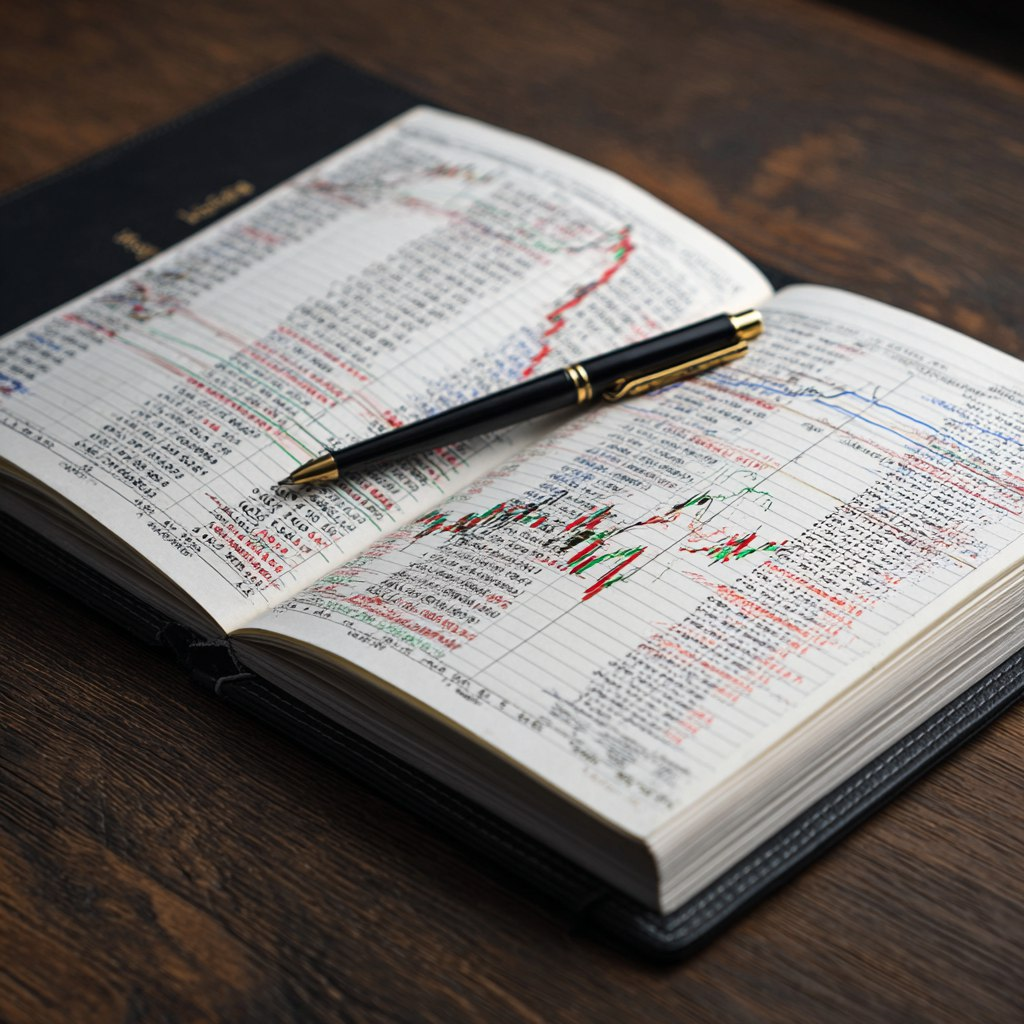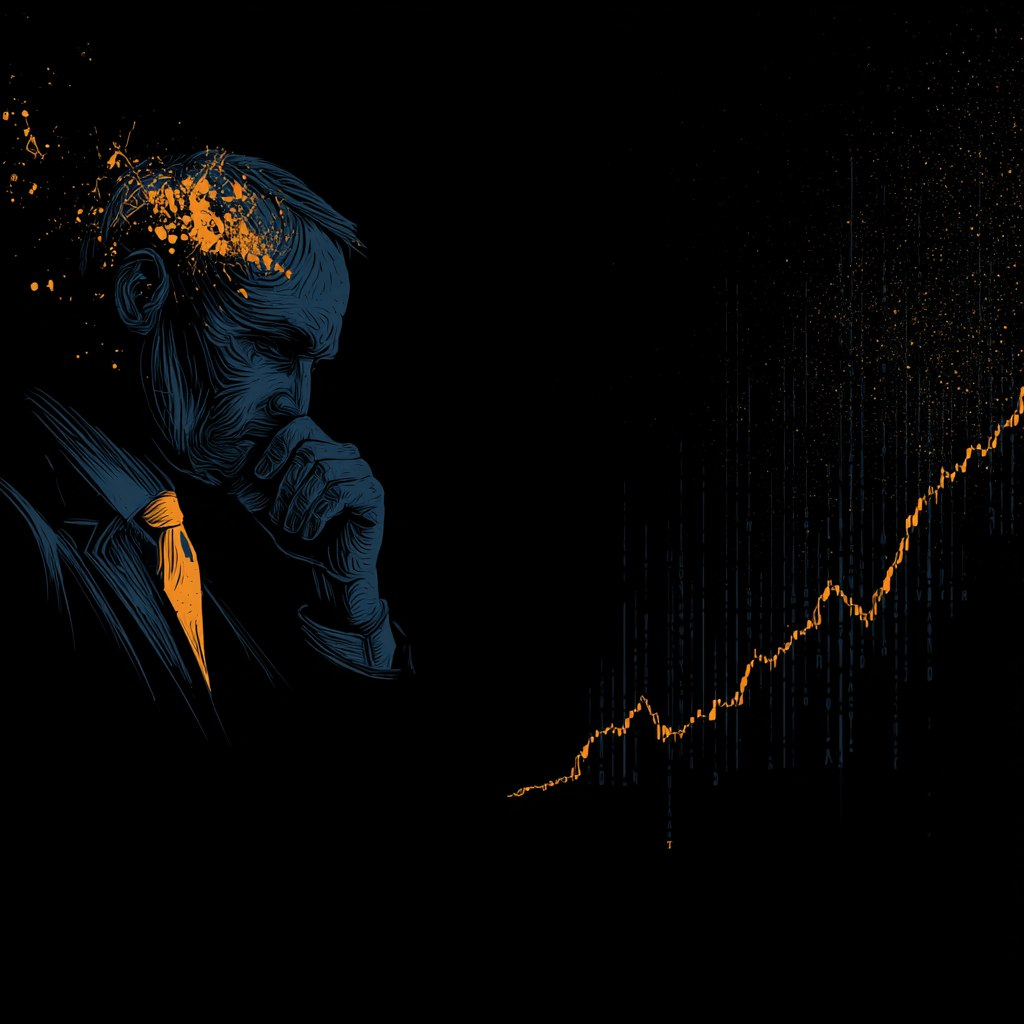Technical Indicators in Trading: How to Choose and Use Them
We break down what technical indicators are, why they’re important, and how to use their signals for making trading decisions. A guide to the most popular technical analysis tools — from moving averages to RSI and MACD.
What Are Technical Indicators in Trading?
Technical indicators are mathematical tools that help traders analyze price movements and make decisions based on historical data. They are a key part of technical analysis and are used to identify trends, entry and exit points, overbought and oversold levels, and to confirm market signals.
Why Are Technical Indicators Useful?
Indicators play a crucial role in market analysis and decision-making. They provide traders with visual signals for entering and exiting trades — especially helpful during high volatility or when the market lacks clear structure.
They also help determine the market phase — whether it’s trending or ranging. This allows traders to adapt strategies: use trend-following tools in trending markets or switch to scalping during consolidation.
Indicators assess the strength of price moves. For example:
- Oscillators show when a trend is losing momentum.
- Volume indicators reveal whether price moves are supported by large players.
This is valuable when deciding whether to hold or exit a position.
One key benefit is reduced emotional trading. Relying on objective signals improves discipline and reduces impulsive decisions.
Finally, indicators are essential for building and testing strategies. They can be used manually or integrated into trading algorithms for greater automation and consistency.
Types of Technical Indicators
Trend Indicators
Help identify market direction:
- Moving Average (MA) — smooths price over time
- EMA (Exponential Moving Average) — faster response to price changes
- Parabolic SAR — indicates potential trend reversals
Signals:
— Price above MA = uptrend
— MA crossovers = entry/exit signals
Oscillators
Show overbought or oversold market conditions:
- RSI (Relative Strength Index) — measures momentum
- Stochastic Oscillator — compares closing price to price range
- CCI (Commodity Channel Index) — measures price deviation from average
Signals:
— RSI > 70 = overbought
— RSI < 30 = oversold
Volume Indicators
Used to gauge market activity:
- Volume — number of trades
- OBV (On-Balance Volume) — tracks cumulative volume
- VWAP (Volume Weighted Average Price) — average price by volume
Signals:
— Rising price + rising volume = strong trend
— Rising price + falling volume = weak trend
Volatility Indicators
Measure price range and market activity:
- Bollinger Bands — shows price volatility range
- ATR (Average True Range) — measures average movement amplitude
Signals:
— Expanding bands = higher volatility
— Squeezing bands = potential breakout
Best Technical Indicators for Beginners
- MA, EMA — foundation for most strategies
- RSI — simple momentum tool
- MACD — blends trend and momentum signals
- Bollinger Bands — visualizes volatility clearly
Start with 1–2 complementary indicators rather than overcrowding your chart.
How to Use Indicator Signals in Trading
- Combine indicators — e.g., MA for trend + RSI for entry timing
- Don’t follow signals blindly — use context and confirmation
- Backtest your strategy — test on historical/demonstration data
- Adapt to your style — choose indicators that suit your time frame and method
Popular Indicator Combinations
- MA + RSI — trend confirmation + entry zone
- MACD + Bollinger Bands — reversals with volatility context
- VWAP + Price Action — fair value + behavioral triggers
Common Mistakes When Using Indicators
Using Too Many Indicators
Overloading your chart with 5–10 indicators causes signal conflict and confusion. Stick to 1–3 that complement each other (e.g., MA + RSI + OBV).
Ignoring Market Context
Indicators don’t operate in isolation. Consider trends, news, and fundamentals. A buy signal during consolidation or a major news release can easily fail.
Not Backtesting
Every indicator behaves differently across markets. Test your indicators on historical data to gauge reliability and adapt settings.
Ignoring Fundamental Factors
Indicators can’t predict or react quickly to macro events. News, central bank moves, and geopolitical events can override technical signals.
Conclusion
Technical indicators are powerful tools when used with discipline and context. Avoid overcomplicating your chart, blindly trusting every signal, or ignoring market conditions. Combine indicators with price action, sentiment, and risk management for optimal results.
Frequently Asked Questions (FAQ)
Which technical indicators are best for beginners?
RSI, MA, Bollinger Bands, and MACD are simple and effective starting points.
Can I trade with just one indicator?
Yes, but using 2–3 complementary indicators helps filter false signals.
How do I choose indicator settings?
Start with default settings (e.g., RSI 14, MA 50), and adjust based on your market and timeframe.
Do indicators work on all markets?
Yes — indicators apply to stocks, forex, crypto, and futures. Effectiveness depends on volatility and structure.



 ru
ru 

